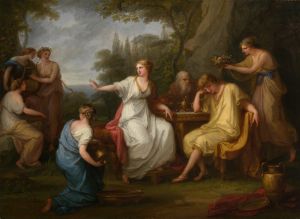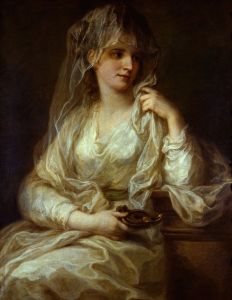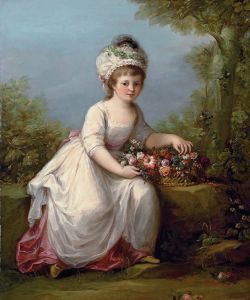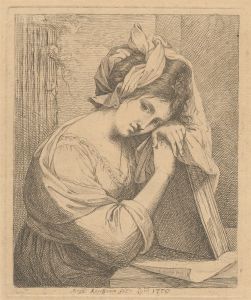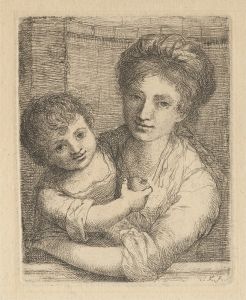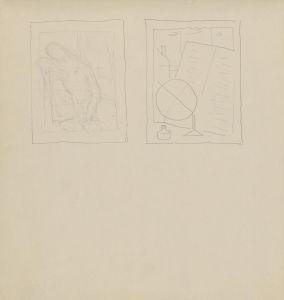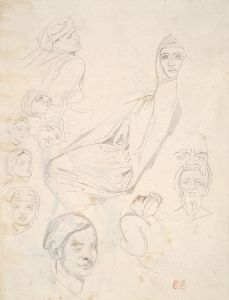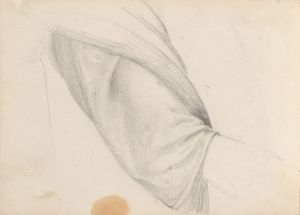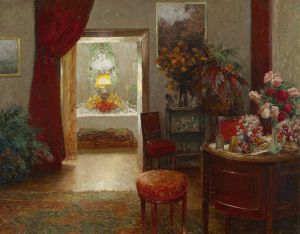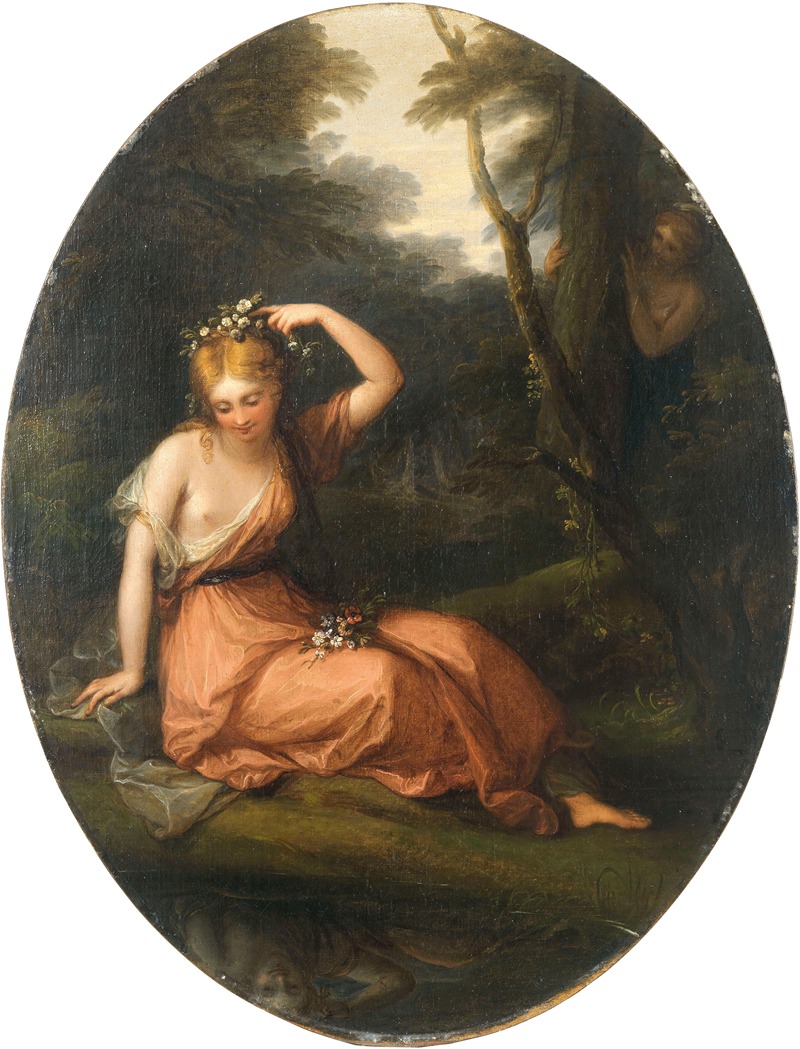
Silvia, decorating herself with flowers while observed by Daphne
A hand-painted replica of Angelica Kauffmann’s masterpiece Silvia, decorating herself with flowers while observed by Daphne, meticulously crafted by professional artists to capture the true essence of the original. Each piece is created with museum-quality canvas and rare mineral pigments, carefully painted by experienced artists with delicate brushstrokes and rich, layered colors to perfectly recreate the texture of the original artwork. Unlike machine-printed reproductions, this hand-painted version brings the painting to life, infused with the artist’s emotions and skill in every stroke. Whether for personal collection or home decoration, it instantly elevates the artistic atmosphere of any space.
Angelica Kauffmann's painting Silvia, decorating herself with flowers while observed by Daphne is a work by the renowned Swiss-born Neoclassical artist Angelica Kauffmann (1741–1807). Kauffmann was one of the most prominent female painters of the 18th century and a founding member of the Royal Academy of Arts in London. She was celebrated for her historical, mythological, and allegorical works, as well as her portraits.
This particular painting depicts a scene inspired by classical mythology or literature, a common theme in Kauffmann's oeuvre. The artwork portrays Silvia, a figure often associated with pastoral or idyllic settings, as she adorns herself with flowers. Daphne, another figure from classical mythology, is shown observing her. The interaction between the two figures reflects Kauffmann's skill in conveying emotion and narrative through composition and expression.
Kauffmann's style is characterized by its elegance, harmonious color palette, and refined depiction of figures, all of which are evident in this painting. Her works often drew upon themes of virtue, beauty, and classical ideals, aligning with the Neoclassical movement's emphasis on antiquity and moral narratives.
The exact date of creation for Silvia, decorating herself with flowers while observed by Daphne is not definitively documented, but it is consistent with Kauffmann's active period as an artist in the late 18th century. The painting exemplifies her ability to blend classical themes with a delicate, almost Romantic sensibility, which set her apart from many of her contemporaries.
As with many of Kauffmann's works, this painting reflects her deep knowledge of classical literature and her ability to translate these stories into visual form. It also highlights her commitment to portraying women with grace and dignity, a hallmark of her artistic legacy.
Further details about the painting's current location, provenance, or specific commission history are not readily available in existing records.






